top of page

Metro Redux Review
As a package, Metro Redux definitely has a couple of technical issues that hold it back from inarguable greatness, but to be completely frank they're altogether trifling in the grand scheme of things. This represents the very best way to play two of the most unsettling (and tonally unusual) first-person shooters ever made. They're so wholly well made that both of them are worth playing through for a second time, even if you only just played through Last Light on PS3 thanks to PS+ earlier this year.
If you've played (and still own) both games on PC, Redux's status as a must-buy is a little less cut and dried, if only because the visual upgrade isn't as dramatic as it is if you're coming at it from a last gen console. What's so good about the port of Metro 2033 in particular is that, gameplay wise, it has been carefully preserved in its original form. The default settings allow you to play through 2033 in a manner similar to the far slicker Last Light; with more of an emphasis on action and all the benefits of the sequel's ingenious twinned radial menus.

But to purists, Metro 2033 was always more of a survival horror game than a shooter, and via Redux's Survival mode, you can play it that way once again, with the added bonus of it now looking better than ever before. You can play Last Light in this fashion too, but that experience is a little more jarring; just because the sequel is a streamlined, action-heavy shooter at heart, albeit a seriously atmospheric one.
And if these games do anything brilliantly, it's create an atmosphere of deep and ceaseless foreboding. There isn't a single uplifting or joyous moment in either of them, but don't let that put you off. It's filled with so many brilliant little touches - like the lousy string and tin traps littered around the occupied underground stations, and the metro entrances that were once unsuccessfully barricaded with what look like battered old school chairs - that it is almost impossible not to get completely sucked into its cruel and unforgiving world.
If you are accepting of its status as a more straightforward and traditional shooter, Last Light is probably the superior game of the two. 2033 has a couple too many sequences that involve tedious precision jumping, and some of the siege bits go on for way too long; which seems doubly unreasonable when you're playing on Survival mode. That said, the original is definitely the stranger and more distinctive of the two, and it is unapologetically slow with it. It wants to tell you a story just as much as it wants to be a compelling shooter - perhaps even more so - and definitely requires more patience than Last Light does.
2033 also lobs scripted death at you occasionally, which, in a world that's now dominated by first-person shooters that wear their inherent easiness as a badge of honour, stands as a welcome throwback to a bygone era. These are stark games in every way (right down to the lack of a HUD) but don't dismiss them if you're worried that they offer mere style over substance: both of them have some fantastically memorable action set pieces to offer, all done with a narrative that never intrudes with a needless cutscene, which places it very much in the tradition of Half Life and its sequel. These are grim tales to be sure, but they're never so trite as to be depressing.
As previously mentioned, there are a couple of issues. If you want to jump between 2033 and Last Light, the only way to do so is to physically reboot the disc, which seems like a slightly ludicrous oversight. Some of the non-player characters in 2033 seem to have been screwed over by the upgrade process too: you may encounter enemies getting stuck on scenery, repeating lines of dialogue over and over again, and you may even come across enemies who come inexplicably back to life after they've been killed.
Those happenings are jarring for sure, but they happen very rarely. Less welcome though is the pronounced audio clipping that occurs whenever the game shifts from gameplay to cutscene (again, that process doesn't happen too often anyway) and the loading times between levels are surprisingly lengthy. But these problems only affect the experience fleetingly.
The fact that this duo look so good now isn't an empty pleasure either, as the lighting effects are often downright jaw-dropping; lending a much-needed sharpness to the shadows which helps you out no end when you're skulking around in the dark in Survival mode. Regardless of whether or not you've shimmied through Russia's horrifying underground rail network before or not, this is a package that's well, well worth investing both time and money in. If you've got the mettle.
9/10










Review By Chet Roivas
bottom of page


